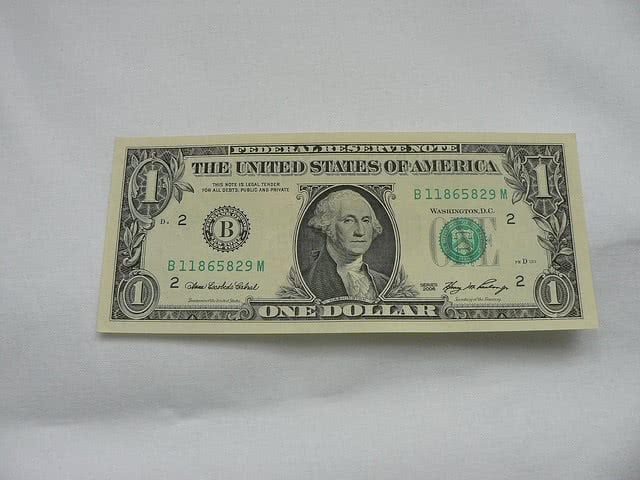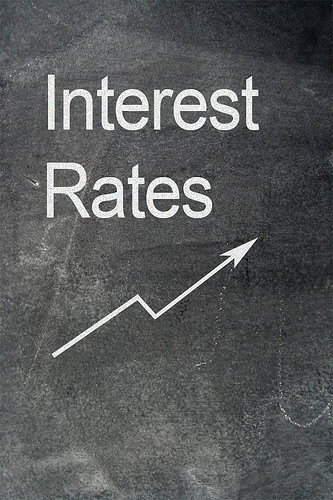
Flickr user rychlepozicky.com
When it is time to start repaying your federal student loans, if you are not earning enough to cover your monthly payments, you have the option of choosing an income-driven repayment plan. While researching these, you may have come across the term ‘federal student loan interest subsidy.’ Let’s dive into what that means.
Income-Driven Repayment
With an income-driven repayment, your monthly payment will be calculated as a percentage of your total income. This ensures that you have enough to pay your essentials (rent, groceries, and utilities) while still paying some amount towards your loan repayment. However, if these monthly payments do not cover the accrued interest every month, over a period of time, your loan amount will keep increasing and, unfortunately, can become overwhelming.
Federal Student Loan Interest Rate Subsidy
To protect students from this frustrating possibility, the federal government pays offs some of the interest owed under certain income-driven repayment plans. This is called federal student loan interest subsidy.
Not all income-driven loans qualify for federal student loan interest subsidy though. Of the four kinds of income-based repayment plans, only the Income-Based Repayment (IBR), Pay-as-You-Earn (PAYE), and Revised Pay-as-You-Earn (REPAYE) plans qualify for federal subsidies.
Two important things to know about federal student loan interest subsidies:
- The subsidy may not be applicable for the entire life of your loan
- Depending on a few factors, the subsidy may cover only part of the accrued interest or it may cover 100% of the accrued interest.
Use College Raptor to discover personalized college matches, cost estimates, acceptance odds, and potential financial aid for schools around the US—for FREE!





